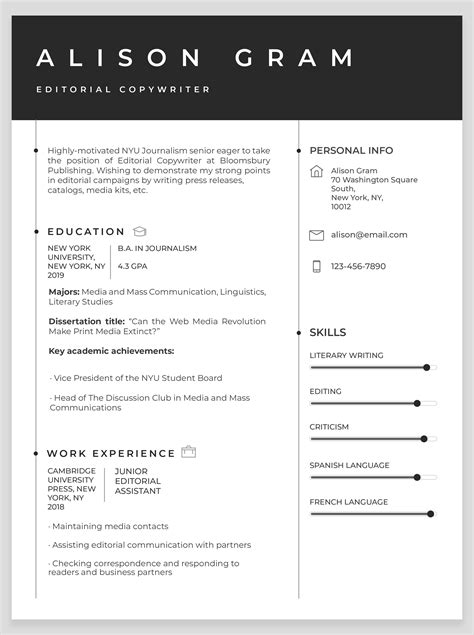How To Make a Resume That Gets You Interviews
Landing your dream job starts with a compelling resume. This guide walks you through crafting a resume that grabs recruiters' attention and gets you invited for interviews. We'll cover everything from choosing the right format to highlighting your skills and achievements.
Choosing the Right Resume Format
Before you start writing, decide on the best format for your resume. There are three main types:
-
Chronological: This is the most common format, listing your work experience in reverse chronological order (most recent first). It's ideal if you have a consistent work history and want to showcase career progression.
-
Functional: This format emphasizes your skills and abilities rather than your work history. It's best if you have gaps in your employment history or are changing careers.
-
Combination: This format combines elements of both chronological and functional formats, highlighting both your skills and work experience. It's a versatile option suitable for many situations.
Essential Resume Sections
While the specific sections may vary slightly depending on your experience and the job you're applying for, these are generally considered essential:
1. Contact Information
This section should be concise and easy to find, usually at the top of your resume. Include:
- Full Name: Use a professional and easily readable font.
- Phone Number: Ensure it's a number you check regularly.
- Email Address: Use a professional-sounding email address (avoid nicknames or unprofessional terms).
- LinkedIn Profile URL (Optional): Include if your profile is professional and up-to-date.
- Location: City and state are sufficient; you don't need to include your full address for privacy reasons.
2. Summary/Objective (Optional)
A summary statement is a brief overview of your skills and experience, suitable for experienced professionals. An objective statement is a concise declaration of your career goals, better for entry-level candidates or those changing careers. Choose the one that best fits your situation.
3. Skills
Highlight your key skills relevant to the job you're applying for. Categorize them for better readability. Consider both hard skills (technical abilities) and soft skills (interpersonal abilities). Examples include:
- Technical Skills: Programming languages, software proficiency, data analysis tools.
- Soft Skills: Communication, teamwork, problem-solving, leadership.
4. Work Experience
This is arguably the most important section. For each role, include:
- Job Title:
- Company Name:
- Dates of Employment: (Month/Year - Month/Year)
- Responsibilities and Achievements: Use action verbs and quantify your achievements whenever possible (e.g., "Increased sales by 15%," "Managed a team of 5"). Focus on results, not just tasks.
5. Education
List your degrees, certifications, and relevant coursework. Include:
- Degree Name:
- Major/Minor:
- University Name:
- Graduation Date (or Expected Graduation Date):
- GPA (Optional): Include if it's above 3.5.
- Relevant Coursework (Optional): List courses directly related to the job you are applying for.
6. Awards and Recognition (Optional)
Include any awards, honors, or recognition you've received that are relevant to the job.
Tips for a Powerful Resume
- Keywords: Incorporate keywords from the job description to improve your chances of Applicant Tracking System (ATS) detection.
- Quantify Achievements: Use numbers and data to demonstrate your impact in previous roles.
- Tailor Your Resume: Customize your resume for each job application, highlighting the skills and experiences most relevant to the specific role.
- Proofread Carefully: Errors can significantly hurt your chances. Have someone else review it for you.
- Choose a Professional Font: Stick to easily readable fonts like Times New Roman, Arial, or Calibri.
- Keep it Concise: Aim for one page, especially if you're early in your career.
By following these steps, you can create a resume that showcases your skills and experiences effectively, significantly increasing your chances of landing an interview. Remember, your resume is your first impression—make it count!
